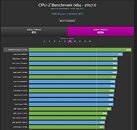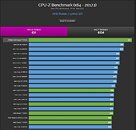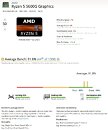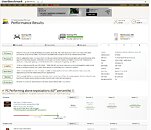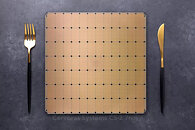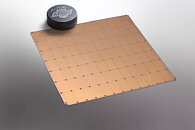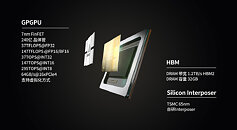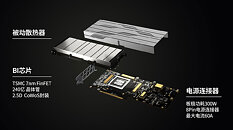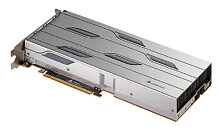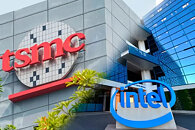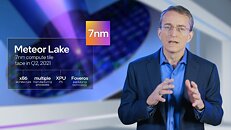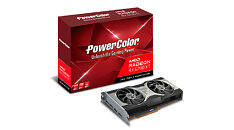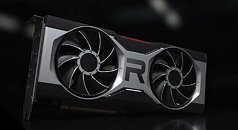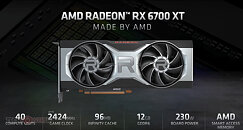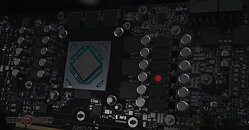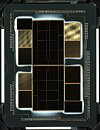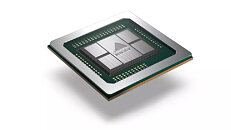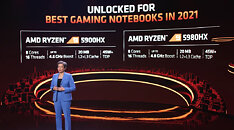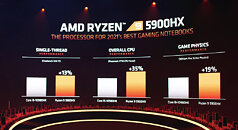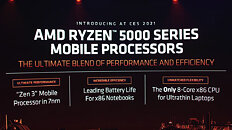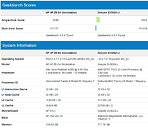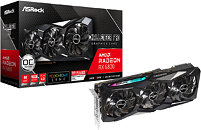Xilinx Reports Fiscal Fourth Quarter and Fiscal Year 2021 Results
Xilinx, Inc. (Nasdaq: XLNX), the leader in adaptive computing, today announced record revenues of $851 million for the fiscal fourth quarter, up 6% over the previous quarter and an increase of 13% year over year. Fiscal 2021 revenues were $3.15 billion, largely flat from the prior fiscal year. GAAP net income for the fiscal fourth quarter was $188 million, or $0.75 per diluted share. Non-GAAP net income for the quarter was $204 million, or $0.82 per diluted share. GAAP net income for fiscal year 2021 was $647 million, or $2.62 per diluted share. Non-GAAP net income for fiscal year 2021 was $762 million, or $3.08 per diluted share.
Additional fourth quarter of fiscal year 2021 comparisons are provided in the charts below. "We are pleased with our fourth quarter results as we delivered record revenues and double-digit year-over-year growth in the midst of a challenging supply chain environment," said Victor Peng, Xilinx president and CEO. "Xilinx saw further improvement in demand across a majority of our diversified end markets with key strength in our Wireless, Data Center and Automotive markets, the pillars of our growth strategy. Our teams have executed well and we remain focused on continuing to meet customers' critical needs.
Additional fourth quarter of fiscal year 2021 comparisons are provided in the charts below. "We are pleased with our fourth quarter results as we delivered record revenues and double-digit year-over-year growth in the midst of a challenging supply chain environment," said Victor Peng, Xilinx president and CEO. "Xilinx saw further improvement in demand across a majority of our diversified end markets with key strength in our Wireless, Data Center and Automotive markets, the pillars of our growth strategy. Our teams have executed well and we remain focused on continuing to meet customers' critical needs.






